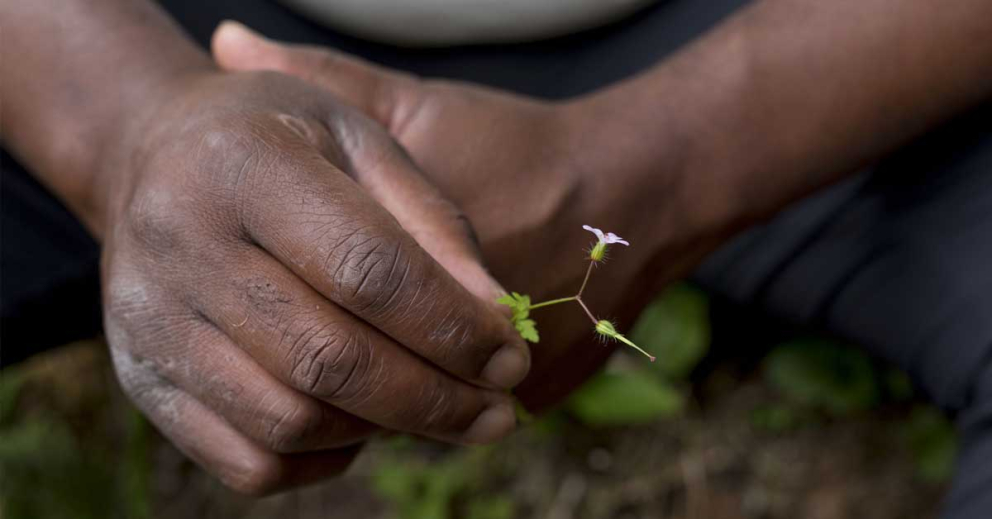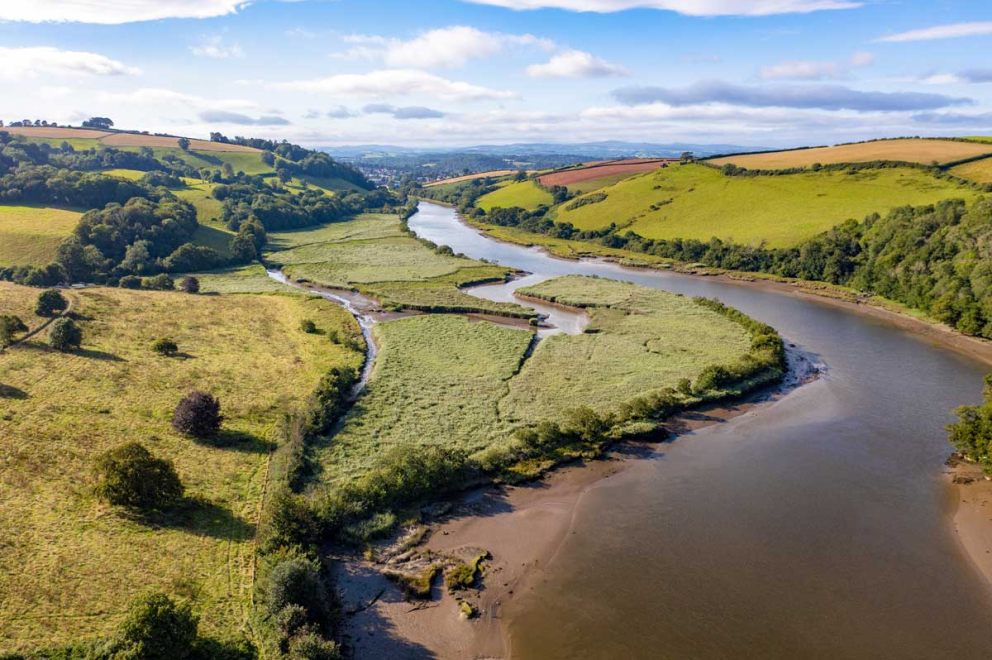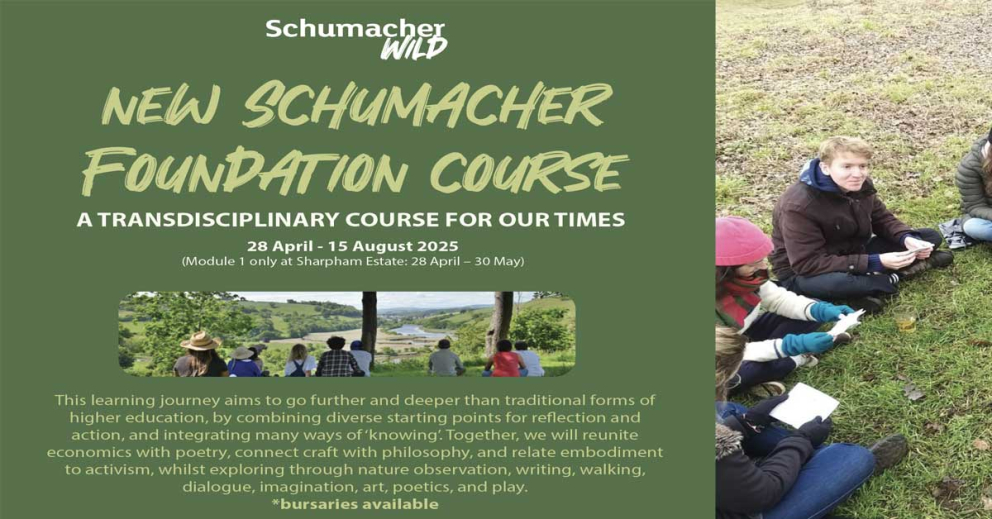Stories from the Meadow - in Summer
Daphne Pleace writes stories about Sharpham - here she explores our natural burial ground Sharpham Meadow
The rich life - amid the graves
What a glorious July day: picture book weather and scenery, and memories of being a little girl playing alone in grassy meadows (as one did, in days of yore!). Then, I knew the names of all the wild flowers I saw - and I saw plenty.
These days, unfortunately, there are fewer wild flowers and fewer people who know the names of those we have left. Even common wildflower names like bluebell, catkin and clover were recently removed from the Junior Oxford Dictionary - the space deemed necessary for more important words such as blog and chatroom.
One person who does know her flowers and plants is Lisa Carnell, a botanist, and Education and Events Coordinator for The Sharpham Trust. This was my glorious July day - meeting Lisa at Sharpham Meadow Natural Burial Ground to chat about the wonderful flora and fauna there.
Before she arrived, I wandered around by myself, thrilled to find so many flowers I remembered from my childhood. I managed to name a few too: poppy, ox-eye daisy, yarrow, campion…, but Lisa had to remind me, or tell me, about hogweed, bird’s foot trefoil, lady’s bedstraw, chicory (pictured above), and many more. We counted over 30 species of flowers alone in just a small part of the meadow, and in only a few minutes or so.
I asked Lisa about the rich biodiversity of the plant life there.
“The meadow has been maintained as a traditional organic hay meadow by previous owners, and we have continued to do that, though we gave this particular area a special boost in 2017 when we removed the top layer of more aggressive grasses and planted a special native wildflower mix,” Lisa explained, “although we left the Burial Ground part of the meadow completely to nature… to see what seeded itself.”
I’d noticed some poppies, buttercups and a few other types of flowers there, although the untrimmed areas beyond the graves contained more grass species. But I liked it: in a way, the differing green shades of the tall, swaying grasses with occasional spots of colour seemed more in keeping with the reflective atmosphere of the burial ground. There was plenty of rainbow life - almost a gaudiness - in the reds, orange, yellows, blues and purples of the outer meadow area (top image).
Lisa mentioned the rich invertebrate population the meadow must have (although a full 'bioblitz' audit has never taken place) and we also talked about birds and pollinators who visit the flowers or seed heads, and other larger birds or mammals who clearly make their living in or around the Meadow. We found fox scat and what we thought was a regurgitated owl pellet: they look like pieces of scat, full of tiny scraps of bone, feathers and fur. Something was definitely eating and being eaten!
We enjoyed swapping plant stories too. Why some herbs and flowers have the quirky names they have (lady’s bedstraw, for example); which plants were used for healing (anything with the Old English word wort in its name); which leaf makes the best natural toilet paper (mullein - soft and furry! - pictured left); which flowers for spells to find a lover, or bring someone safely home. And on a more spiritual level: stories about plants the ancestors call teacher or Master plants. We hope to tell some of these plant stories here, in future posts.
Lisa had told me what a special place the Meadow was for her, and I asked if it was because of the biodiversity, and this link with times gone by.
“It’s both,” she replied, “but mainly it’s the setting and feeling of this landscape. I’ve already asked about reserving a burial spot (which anyone can do, see here). I’d like to feel my spirit embedded here in the future.”
As we sat in silence for a few moments on the wooden benches of the ceremonial structure in the Burial Ground Meadow, we watched a wood-boring wasp coming in and out of one of the holes in the bench. We mused on how little we knew about its life - not knowing whether it was feeding larvae, sheltering or just exploring. Life’s richness: not boring at all.
Find out about Sharpham Meadow here: www.sharphamtrust.org/burials
Picture credits:
Chicory - By Alvesgaspar
Daphne is a volunteer story-teller for the Sharpham Trust. She blogs at www.daphnepleace.co.uk/blog










